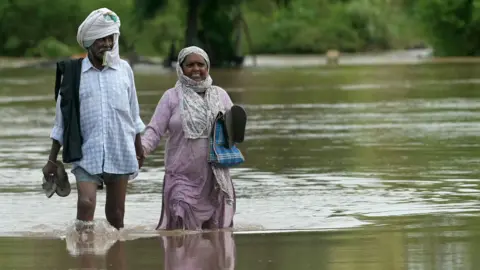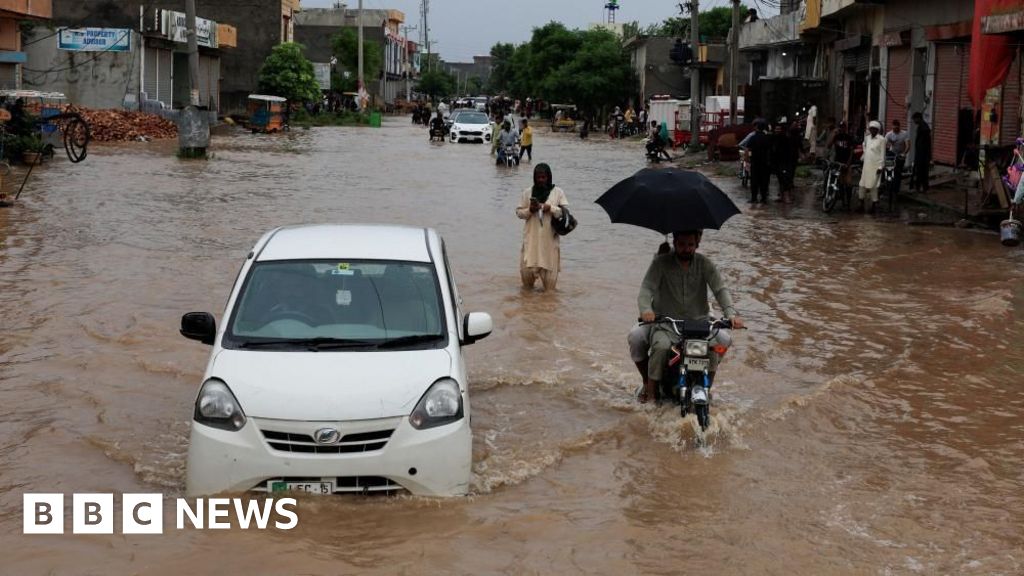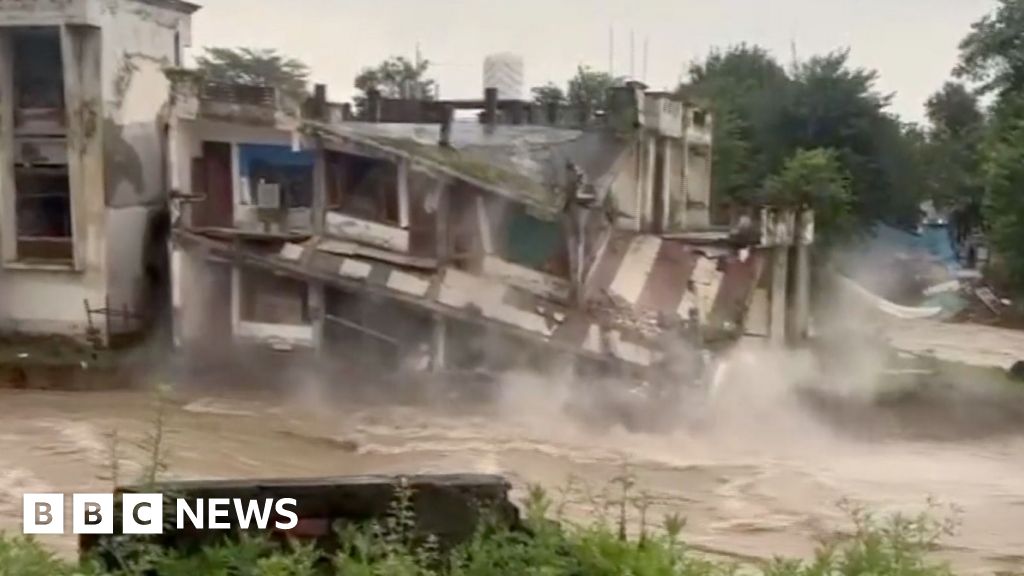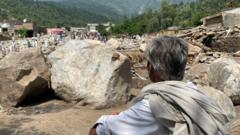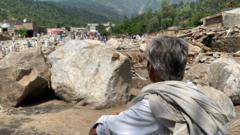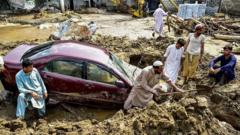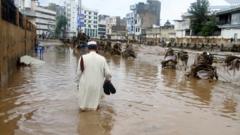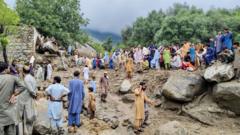The Punjab region has been particularly hard-hit, with floods overwhelming homes and infrastructure, causing extensive damage. Many roads have become inaccessible, prompting rescue operations by the Pakistani military, which deployed helicopters to aid hundreds caught in the floods. The NDMA is urging residents of low-lying regions to evacuate promptly when alerts are issued. Government warnings also highlight the dangers posed by downed power lines and waterlogged electrical appliances, which pose electrocution risks.
The ongoing monsoon season continues to present life-threatening challenges, particularly for children, who are at risk from drowning and the potential spread of waterborne diseases due to rising floodwaters. Climate scientists have suggested that the severity of these floods can be attributed to climate change, as they predict human-induced warming has exacerbated rainfall during the already rainy season. Past seasons, particularly in 2022, have been catastrophic as Pakistan faces a difficult road to recovery, grappling with the impacts of heatwaves and accelerated glacier melting in the north.
The ongoing monsoon season continues to present life-threatening challenges, particularly for children, who are at risk from drowning and the potential spread of waterborne diseases due to rising floodwaters. Climate scientists have suggested that the severity of these floods can be attributed to climate change, as they predict human-induced warming has exacerbated rainfall during the already rainy season. Past seasons, particularly in 2022, have been catastrophic as Pakistan faces a difficult road to recovery, grappling with the impacts of heatwaves and accelerated glacier melting in the north.




